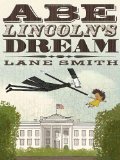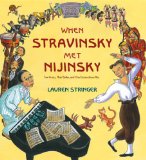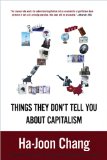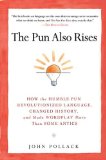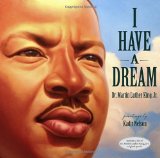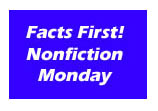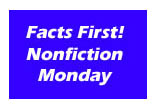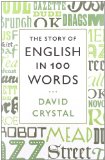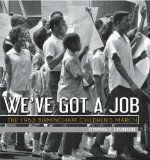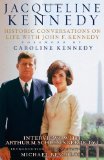Review of Abe Lincoln’s Dream, by Lane Smith
by Lane Smith
Roaring Brook Press, New York, 2012. 32 pages.
I like this book. The idea is simple. The execution is complex. The impact will stick with you.
There’s talk of a ghost in the White House. Over the years, different White House dogs won’t go into a certain room. Then one day, a little girl wandering from her tour sees the ghost of Abraham Lincoln. He’s still sad and worried about the union. She leads him to the door.
“Oh no, I never leave the Executive Mansion,” he protested.
“You should,” she said. “A lot has changed since 1865. . .
including the name of the Executive Mansion. We just call it the White House now.”The ghost did the flying.
The girl answered the questions.
“Are the states united?” he asked. “Did that work out?”
“Yes, that worked out fine.”“And equality for all?” he asked.
“That’s working out too,” she said.
“It’s getting better all the time.”
And on it goes. It’s a simple story, and the concepts are simplified to something children can easily understand. Lane Smith throws in some corny jokes attributed to Lincoln and some White House trivia. He also includes that marvelous Lane Smith art work, recognizable as his own, but not exactly like anything he’s done before.
One of the things that made me like this book was that it reminded me that when I was in elementary school or junior high, I used to daydream about having Louisa May Alcott come to visit and showing her all that had changed for women since her time. Since Jo wanted to run and play with the boys, I thought she would be so excited to see me wearing pants, and I’d think about all I could show her. This book is like that. Despite all our remaining troubles, I do think Abraham Lincoln would be reassured if a little girl could take him on a tour of what America is today and what Americans have done.
And what a fun way to reflect on that!
Find this review on Sonderbooks at: www.sonderbooks.com/Picture_Books/abe_lincolns_dream.html
Disclosure: I am an Amazon Affiliate, and will earn a small percentage if you order a book on Amazon after clicking through from my site.
Source: This review is based on a library book from Fairfax County Public Library.
Disclaimer: I am a professional librarian, but I maintain my website and blogs on my own time. The views expressed are solely my own, and in no way represent the official views of my employer or of any committee or group of which I am part.
